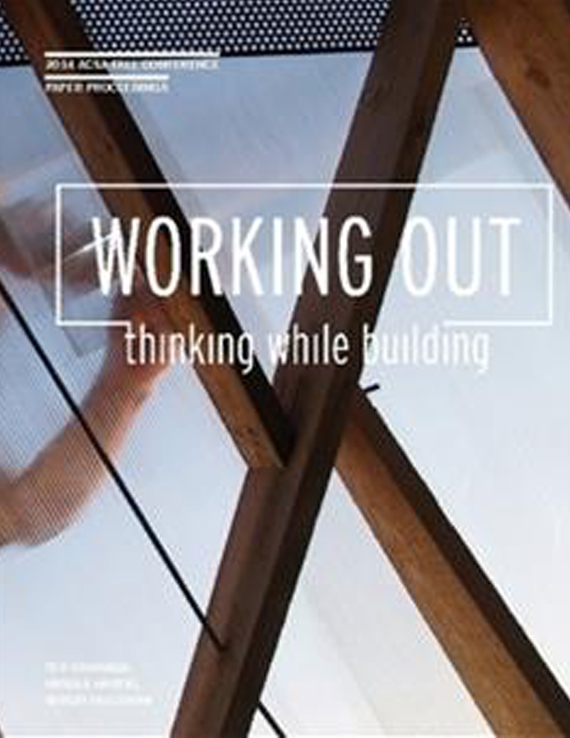Author(s): Whitney Moon
The architectural inflatable has historically performed as a countercultural decoy. According to Reyner Banham, the inflatable has a “tendency to behave like a living organism,” which in turn destabilizes the disciplinary paradox inherent to contemporary design/build agendas. Through their participatory and do-it-yourself nature, inflatables offer an alternative to traditional modes of generating architectural form and space. The instantaneity and ephemerality of these air-filled membranes subverts the conventional design/build relationship characterized by careful planning and durable detailing. Rather than aiming for permanence through construction, pneumatics allow for a performative spontaneity. During the 1960s and early 1970s, pneumatics inspired an escapist and anti-monumental approach to design, responding to contemporary cultural desires for mobility and flexibility. For example, Banham and Francis Dallegret’s Environmental Bubble (1965) proposed a domesticated utopia equipped with modern amenities, freed from the fixity and permanence of the traditional home. The portability of Michael Webb’s Suitaloon (1967), a garment that inflated into a nomadic living envelope, echoed the perpetual dynamism of the human body. Building upon these notions of transience and adaptability, Hans Hollein’s Mobile Office (1969) suggested that one could work anywhere, anytime. In their performance Basel Event: The Restless Sphere (1971), Coop Himmelb(l)au used human bodies to propel an inflatable bubble down the street, rendering the pneumatic membrane as a “barely-there” form of architectural enclosure. These and other inflatables shared an interest in maximizing flexibility through minimal means.Ant Farm’s Inflatocookbook (1971), a do-it-yourself manual for pneumatic construction, claimed that designing and building an inflatable could be as easy as following a recipe. By offering an alternative to the xyz plane routine, pneumatics could be experienced in ways previously unknown to architecture. According to Ant Farm, the reason to build inflatables becomes obvious “as soon as you get people inside” and they experience “the freedom and instability of an environment.” Here, meaning becomes as malleable as the membranes of these new-dimensional spaces. How then, can an architectural curriculum integrate the inflatable as a pedagogical model for architectural experimentation in post-secondary education today? In other words, can new methods of design/build be forged through the playful instantaneity and immateriality of “cooking” with air? This paper will examine how pneumatics have, and continue to serve as performative decoys to lure new processes, technologies, and sensibilities to the discipline of architecture.
Volume Editors
Sergio Palleroni, Ted Cavanagh & Ursula Hartig
ISBN
978-0-935502-94-7

 Study Architecture
Study Architecture  ProPEL
ProPEL 
